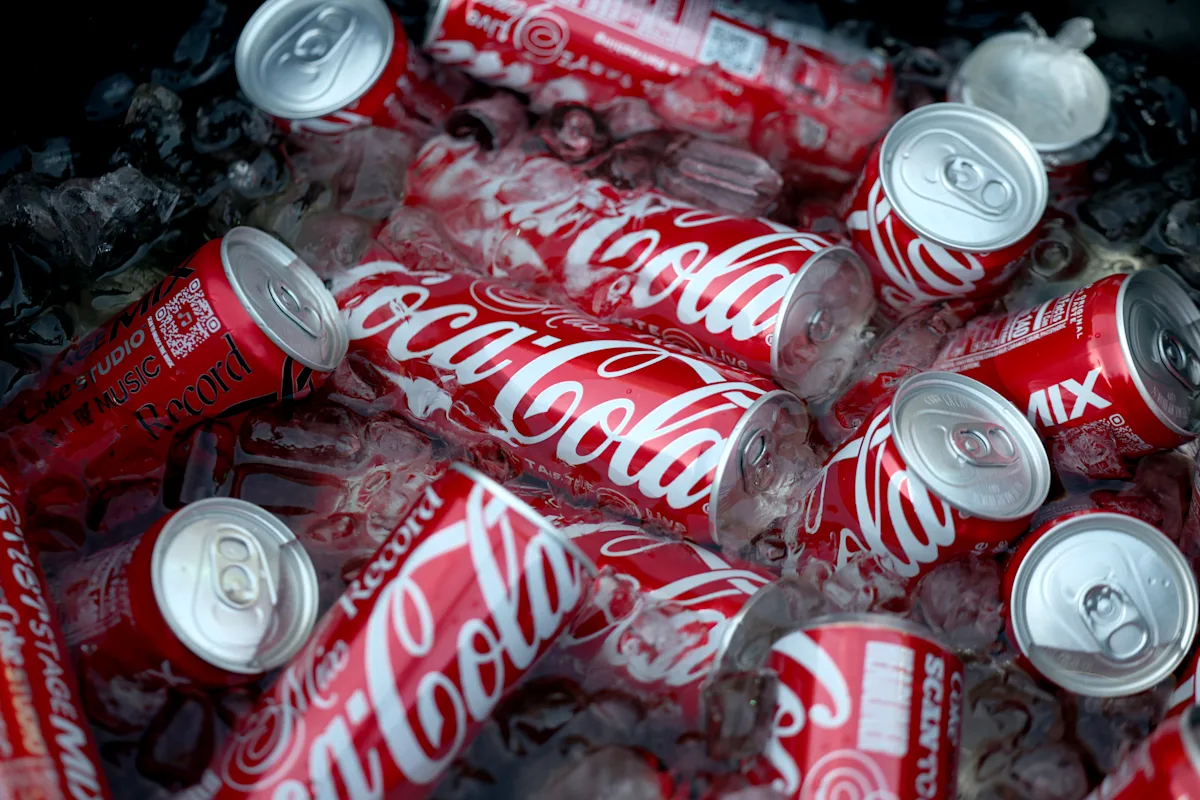It’s not every day you hear that a classic like Coca-Cola is getting a recipe shake-up.
But that’s exactly what’s happening later this year, and it’s causing quite a buzz.
Whether you’re a die-hard Coke fan or just someone who picks it up at the gas station occasionally, this change is likely to catch your attention.
And yes, it’s all about sugar—or rather, what kind of sugar.
Coca-Cola Switches From Corn Syrup to Cane Sugar
Coca-Cola has officially announced that it’s changing the formula for its flagship soda in the U.S., swapping out high fructose corn syrup for real cane sugar.
The change is expected to roll out this fall.
This isn’t just a casual tweak—it’s part of a broader push by food and beverage companies to offer products that sound healthier, especially as public health campaigns gain traction.
Political Push Behind the Sweet Swap
This change didn’t come out of the blue.
Health Secretary Robert F. Kennedy Jr.’s Make America Healthy Again (MAHA) initiative has been encouraging companies to clean up their ingredient lists.
And former President Donald Trump hasn’t been quiet about it either.
He’s taken credit for pushing Coca-Cola to make the move, calling the new version “just better.”
“I’ve been talking to Coca-Cola about using REAL Cane Sugar in Coke in the United States, and they’ve agreed,” Trump posted on Truth Social.
“This will be a very good move by them — You’ll see.”
Experts Aren’t Exactly Cheering
While it might sound like a healthier change on the surface, not everyone’s convinced.
Nutrition experts are cautioning that this switch doesn’t really solve any health problems—especially when it comes to sugar overconsumption.
Dr. Marion Nestle, a respected nutritionist from NYU, summed it up bluntly: “The switch is nutritionally hilarious.”
She pointed out that both cane sugar and high fructose corn syrup are made of glucose and fructose.
“They taste the same and have the same harmful effects when consumed in excess.”
The typical 12-ounce can of Coke still contains 39 grams of sugar, regardless of the type.
That’s a lot, and too much sugar—of any kind—can contribute to obesity, diabetes, and metabolic issues.
Some experts are even warning that people might drink more soda thinking it’s healthier now, which could make things worse.
Healthier Marketing or Healthier Product?
Critics say that the change might be more about marketing than meaningful health benefits.
High fructose corn syrup has earned a bad reputation over the years for being cheap and overused in processed foods.
So switching to cane sugar could simply be Coca-Cola’s way of improving its image while keeping sugar levels the same.
Business Is Still Bubbling Over
Despite the controversy around ingredients, Coca-Cola’s finances are in great shape.
The company’s second-quarter earnings exceeded expectations, thanks to strong demand for its zero-sugar products and a steady increase in prices.
Revenue for the quarter rose by 2.5% to hit $12.62 billion, beating the $12.54 billion estimate.
Coca-Cola’s CEO, James Quincey, acknowledged some challenges, particularly due to rising aluminum tariffs under Trump’s trade policies.
The tariff on aluminum imports has now surged to 50%, pushing Coca-Cola to consider more affordable packaging options like plastic bottles.
Consumers Paying More for the Fizz
As tariffs and production costs increase, Coca-Cola has passed some of the burden to consumers.
Prices jumped 6% in the second quarter, on top of a 5% hike in the first.
So whether it’s cane sugar or corn syrup, customers are shelling out more for that same iconic taste.
So, What’s Next?
With the new recipe hitting shelves in the fall, all eyes will be on how consumers respond.
Will the switch to cane sugar satisfy the health-conscious crowd, or will it be written off as a gimmick?
And as prices rise, will loyal customers keep sipping?
For now, Coca-Cola is betting that a little sweetness—real or perceived—will go a long way.
